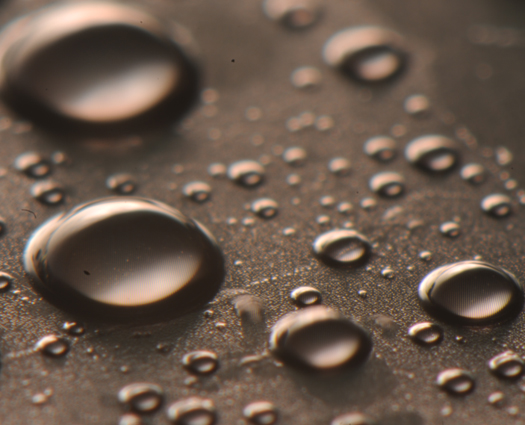

Using an unbelievably powerful laser over an unbelievably short period of time, scientists have been able to alter the surface of metals to control the flow of water across their surfaces down to the individual molecule.
And when we say an unbelievable amount of energy, we’re talking about the power of the entire grid of the United States at once. When we say an unbelievably short period of time, we’re talking about a femtosecond, which is to a second what a second is to 32 million years. Think about both of those for a femtosecond.
The result of this laser blast is that it can change microscopic areas of the metal’s surface in such a way that it becomes hydrophobic, or water averse. This causes the individual water molecules on the metal to be more attracted to other water molecules than the metal surface, allowing for hyper-accurate direction of the water’s flow–even uphill against gravity.
This could be used for medical diagnostic chips which can re-route bloodflow on a microscopic scale, or for more efficient cooling of incredibly small computer components.
A hydrophobic surface also makes the metal anti-bacterial, since it prevents bacteria, made up mostly of water, from growing. Other advancements that could be seen from this technique are the creation of much more efficient tungsten light bulbs or changing the surface of metal so that it reflects just about any wavelength, effectively “painting” it.
The process shines the laser at points the size of a pin, and it currently takes about half an hour to alter a piece of metal the size of a quarter. The most mind-boggling part of all is that despite the massive quantities of energy it seem to need, the laser can be plugged into just a regular wall socket.







